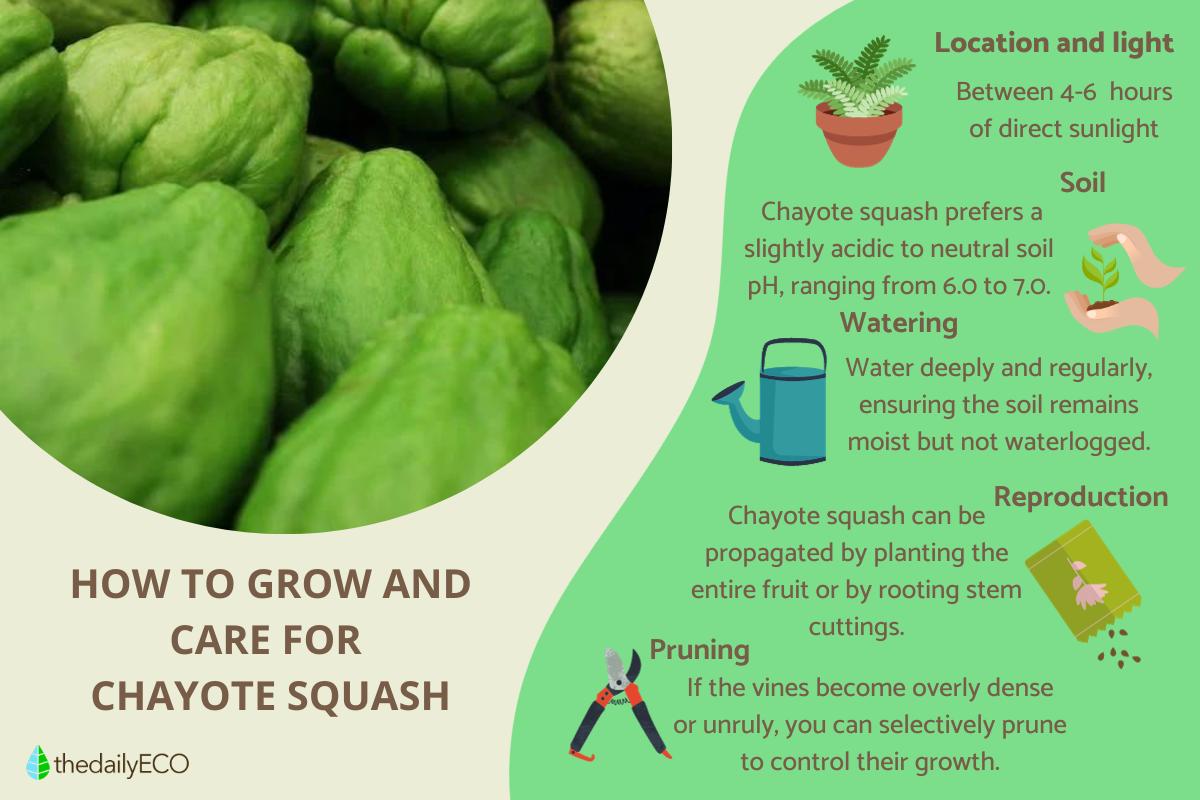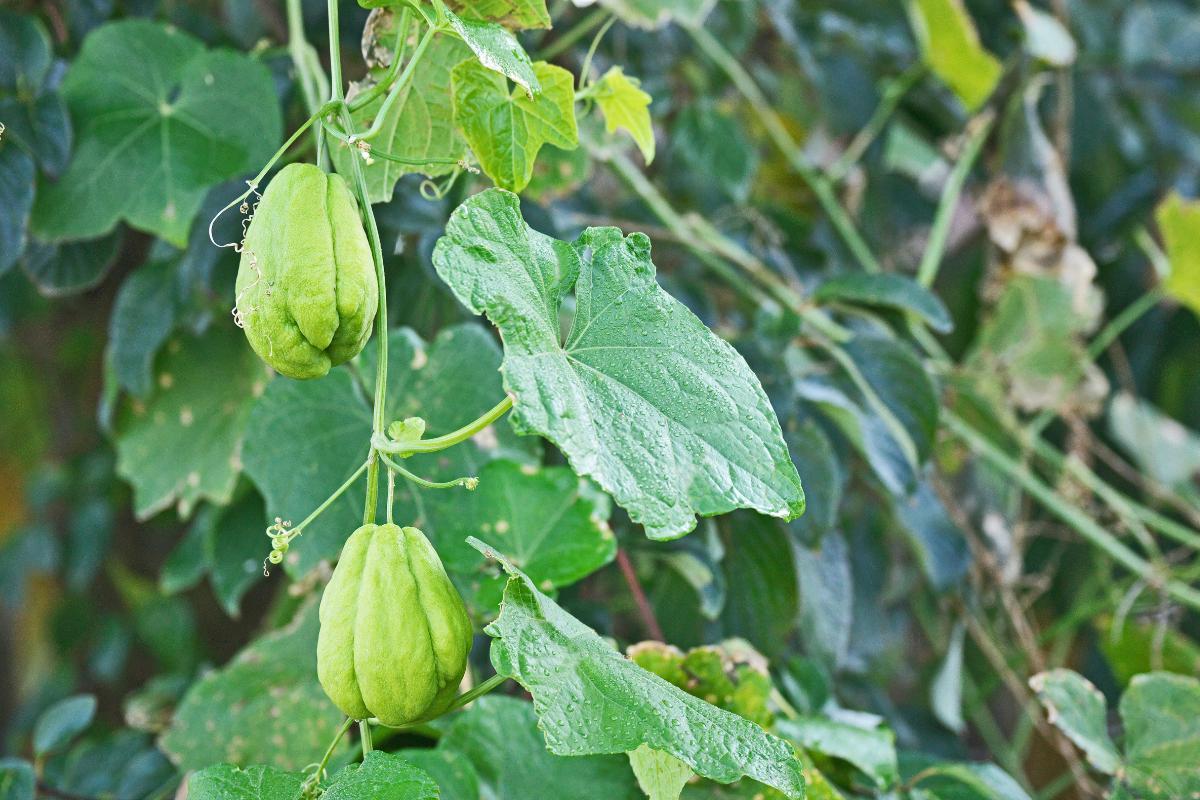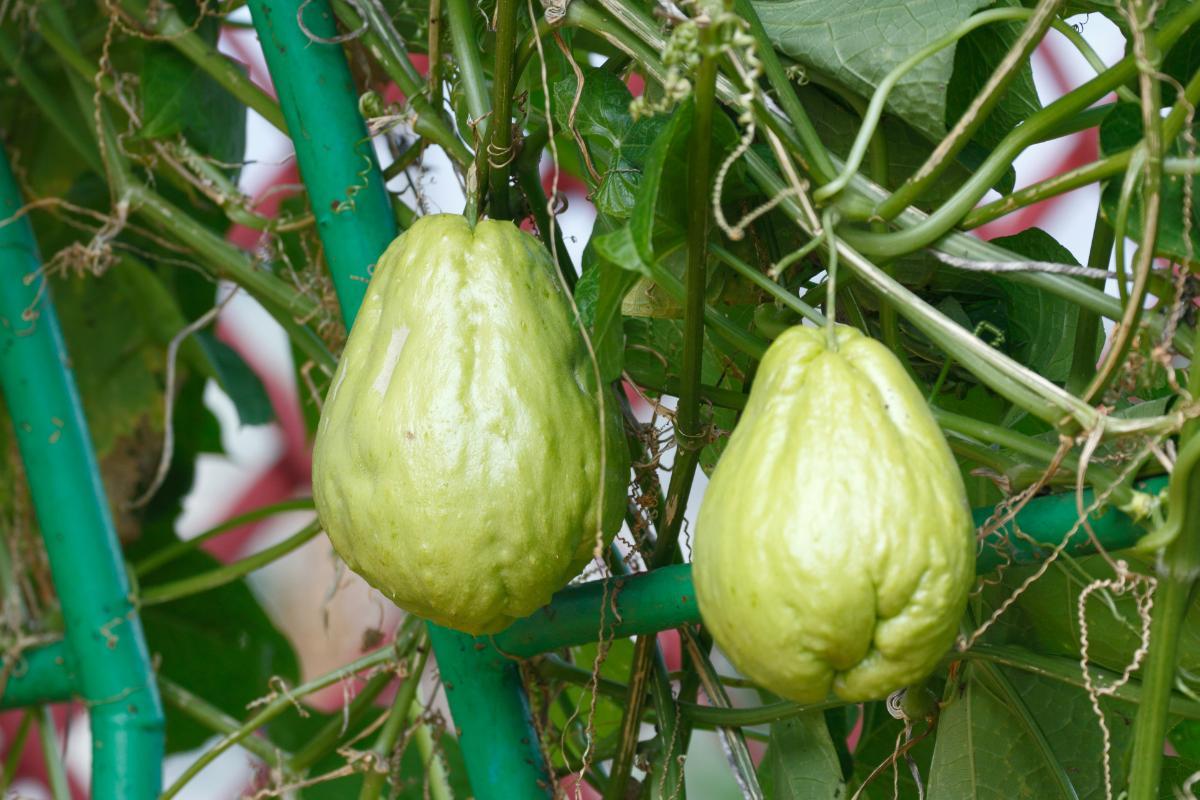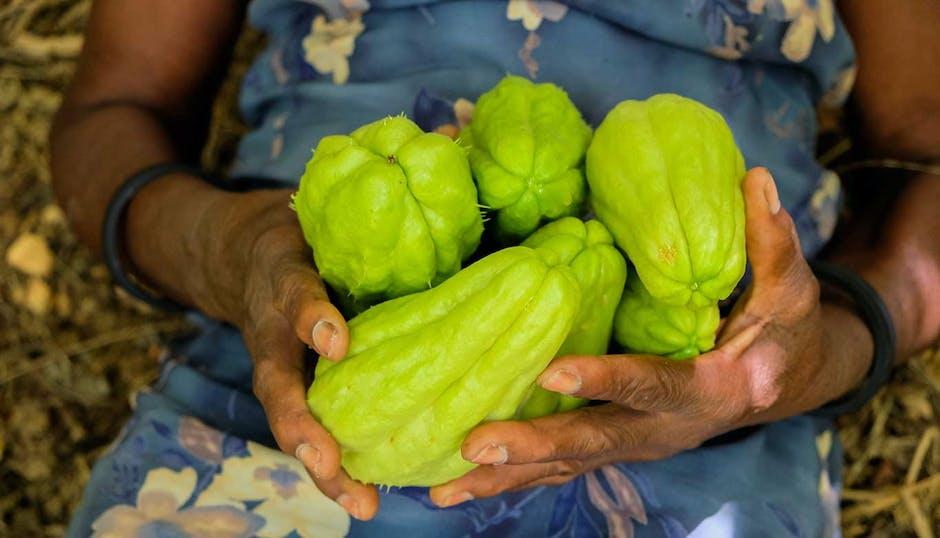How to Plant and Grow Chayote Squash


Chayote squash, also known as mirliton or chocho, is a pale green summer squash with a pear-like shape. It originates from Central America and belongs to the gourd family, Cucurbitaceae, making it a close relative of cucumbers, melons, and zucchini. This versatile vegetable can be consumed both raw and cooked and is a popular ingredient in various global cuisines. What's more, it's remarkably easy to cultivate.
Whether you're an experienced gardener or a budding enthusiast, this guide from thedailyECO will walk you through the process of planting and nurturing chayote squash. We'll cover essential topics like watering, fertilizing, and pruning to ensure your plants thrive throughout the growing season.
Planting chayote squash seeds
To sow chayote seeds, follow these steps:
- Select a ripe chayote fruit: choose a mature chayote fruit that is firm and has no signs of damage or decay. The fruit should be slightly soft to the touch, indicating that the seed inside is ready for germination.
- Extract the seed: carefully cut open the chayote fruit and locate the large, oval-shaped seed within. Gently remove the seed from the flesh of the fruit, ensuring that it remains intact and undamaged.
- Prepare the seed for planting: wash the seed thoroughly under running water to remove any remaining flesh or debris. Allow the seed to dry completely before planting.
- Choose a suitable planting location: chayote plants thrive in warm, sunny locations with well-drained soil. Select a planting site that receives at least 6 hours of direct sunlight per day.
- Plant the seed: dig a hole approximately 3-4 inches deep and wide. Place the chayote seed in the hole with the wider end facing down. Cover the seed with soil and gently firm the soil around it.
- Water the planting site: water the area thoroughly to moisten the soil and encourage germination. Maintain consistent watering throughout the growing season, ensuring the soil remains moist but not waterlogged.
- Provide support for the plant: as the chayote plant grows, it will develop a vining habit and require support. Provide a trellis, fence, or other structure for the plant to climb on.
Chayote fruits are typically ready for harvest within 3-4 months after planting. Harvest the fruits when they are firm and have reached a size of approximately 10-15 centimeters (4-6 inches) in length.
Learn how to harness the natural goodness of rice water to revitalize your plants.

Growing chayote squash
Planting chayote sprouts is a straightforward process. Here's a step-by-step guide:
- Choose a chayote sprout that is firm and has no signs of damage or decay. The sprout should have a well-developed root system and several small leaves.
- Dig a planting hole: Create a hole approximately 3-4 inches deep and wide. The hole should be large enough to accommodate the sprout's root system without crowding.
- Carefully place the chayote sprout into the hole, ensuring the roots are spread out evenly. Gently fill the hole with soil, ensuring the sprout is firmly anchored in place.
- Provide the newly planted sprout with a generous amount of water to moisten the soil and encourage root establishment. Maintain consistent watering throughout the growing season, ensuring the soil remains moist but not waterlogged.
- As the chayote plant grows, it will develop a vining habit and require support. Provide a trellis, fence, or other structure for the plant to climb on. This will help the plant grow vertically and prevent it from sprawling on the ground.
Remember, chayote plants are perennials in warm climates, so they will continue to produce fruits for several years. In colder climates, they can be grown as annuals.
If you want to make sure you have the best soil for germination, find out how you can make your own worm castings at home.

Caring for chayote squash
Grow your own chayote squash and enjoy its culinary versatility right from your garden. With a little care and attention, you can harvest plenty of chayote squash to enhance your dishes. Here are some key things to remember:
Light and temperature
Chayote squash thrives in warm, sunny environments. Choose a planting site that receives at least 6-8 hours of direct sunlight daily.
Watering
Chayote squash requires consistent moisture, especially during the hot summer months. Water deeply and regularly, ensuring the soil remains moist but not waterlogged. Avoid overhead watering, which can promote fungal diseases.
Pruning
While chayote squash vines can grow extensively, pruning is not always necessary. However, if the vines become overly dense or unruly, you can selectively prune to control their growth. Remove any dead or diseased leaves and stems to maintain plant health.
Substrate
The ideal substrate for chayote squash is a well-drained, fertile soil that is rich in organic matter. Chayote squash prefers a slightly acidic to neutral soil pH, ranging from 6.0 to 7.0. Add compost, aged manure, or other organic matter to enhance soil fertility.
Fertilizer
Chayote squash prefers a balanced fertilizer with slightly less nitrogen. Too much nitrogen can cause excessive vine growth, reducing fruit production. Compost, aged manure, and bone meal are great natural fertilizer choices for chayote squash. They release nutrients slowly, reducing overfertilization risk.
Give fertilizer every 4-6 weeks during the growing season. Spread it around the plant's base, avoiding the stem. Water well after applying fertilizer.
Learn how to make your own homemade fertilizer with this other guide.

Harvesting chayote squash
Chayote squash is typically ready for harvest within 3-4 months after planting. However, the exact timing can vary depending on the variety, climate, and growing conditions.
The best way to determine when to harvest chayote squash is to look for the following signs of ripeness. Here's what to look for:
- Size: Chayote squash is typically ready for harvest when it reaches a size of 4-6 inches (10-15 cm) in length.
- Firmness: Gently press the squash; it should feel firm and solid, not soft or spongy.
- Color: The skin of ripe chayote squash is typically light green to pale yellow. Avoid harvesting squash with dark green or wrinkled skin.
Regularly check your chayote squash plants for ripe fruits, as they may not all ripen at the same time. Consistent harvesting encourages further fruit production, extending your harvest season.
You might be interested in this other article where discuss the differences between compost and fertilizer.
Learn how chayote squash can support heart health, digestion, immunity, and skin health in the video we leave you below.


If you want to read similar articles to How to Plant and Grow Chayote Squash, we recommend you visit our Plant care and cultivation category.
- Barragán López, E. (1999). Fruits from the Michoacan countryside. United States: Colegio de Michoacán.
- Beals, R. L. (1992). Cherán: a town in the Sierra Tarasca . Spain: The College of Michoacán.
- Cásseres, E. (1966). vegetable production . Peru: Inter-American Institute of Agricultural Sciences of the OAS.









